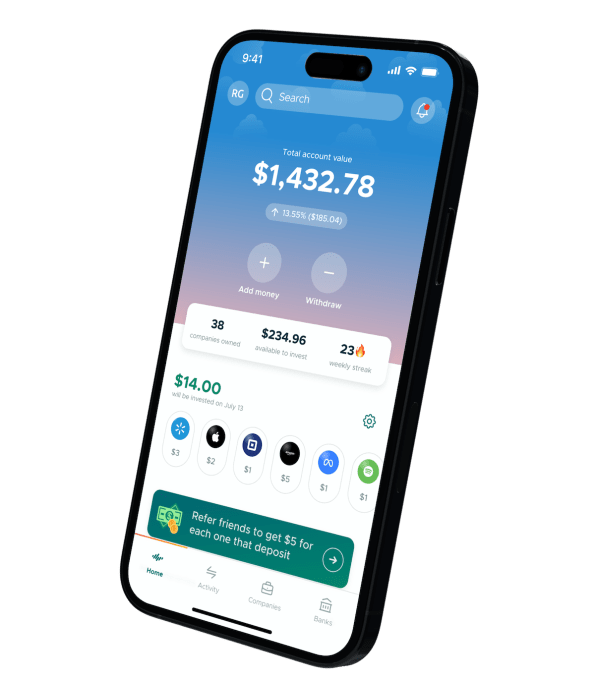Major mortgage financier PNB Housing Finance will ramp up its affordable and emerging market loan book in FY26, while gradually building its newly launched product of loans against property (LAP), MD & CEO Girish Kousgi told businessline in an interaction. Kousgi shares business growth guidance for the current fiscal, participating in the RMBS market and co-lending deals going ahead. Edited excerpts:
What is your business growth guidance for FY26?
Our retail book stands at ₹74,802 crore currently, and we plan to grow it by 18 per cent. Corporate loans, which stands at ₹963 crore, will grow to 2,000 crore approximately. We did not start corporate loan business in FY25, having stopped it more than three years back, and will re-start building it. We also recently launched LAP, it is a non-home product on a fixed rate basis. Since its a new vertical, we are looking at doing about ₹1,500 crore- ₹2,000 crore in the full year. Margin in this product would be higher. In fact, LAP pricing would be 100-125 basis points (bps) higher than home loans. We opened 50 branches last year and will do the same this year. For us, South is number one in terms of business generation. West and Northern zones follow, while in Eastern parts we have lesser business. When we open branches, it will be in same mix. In terms of hiring, it will be in-line with business growth, but it will be a very small number. We will aim to control on cost and reduce bad loans. Overall, in FY26, the focus would be to ramp up affordable and emerging business. We want to get to 1 per cent GNPA very soon from 1.09 per cent in March 2025.
Large banks are hinting at pricing issues and lower demand in mortgage loans. With expected future rate cuts, do you see credit appetite rising for this segment?
Demand is quite robust, there is absolutely no challenge on credit growth. FY26 will be better than FY25. In terms of policy rate cuts, this year we are expecting another 50-odd bps. And whatever benefit we get, we will pass it on to customer and this would slightly inch up demand. Cost of funds will also come down, but so will the yield. So margins will largely remain intact. For us, 100 per cent of assets are floating, whereas on liability side not everything is floating. So there will be a lag in rate transmission to liability pools, lets say by 3-4 months. That is the reason I mentioned earlier, whatever benefit we as an institution receive, it will be passed on to end customers. For FY26, NIM should be quite stable, around 3.65 per cent.
Will you tap RDCL backed RMBS platform to raise funds?
This will be definitely very helpful for housing industry. This gives one more avenue of funding and will help PNB Housing and we will also be participating in the future. Since its a new avenue, first tranche of deal will be done by AAA rated entities, since we are AA+, we will participate in the next tranche.
Why has bounce rate in affordable housing loans increased slightly sequentially?
The bounce rate in affordable housing loan is not high, it is quite low in comparison with the industry. Today, affordable and emerging loan segments form 23 per cent of loans on book, which will rise to 40 per cent by FY27, and rest will be prime. In FY27, retail book will grow to ₹1 lakh crore. In terms of demand, emerging and affordable are very good. Prime is also showing good demand but it comes at lower margin, therefore we are growing it at a slower pace. The repayment behaviour in prime and emerging loans is almost similar. In affordable, the risk is slightly higher but yields are also higher, which covers the risk.
Are you looking at new co-lending deals?
We are not doing co-lending currently. We want to grow our book. Co-lending is a product where a company has capital requirement and they want to leverage. For us, we want to grow our book and therefore not keen on this front. If there is an opportunity in future, we might look at co-lending as a senior partner.
















